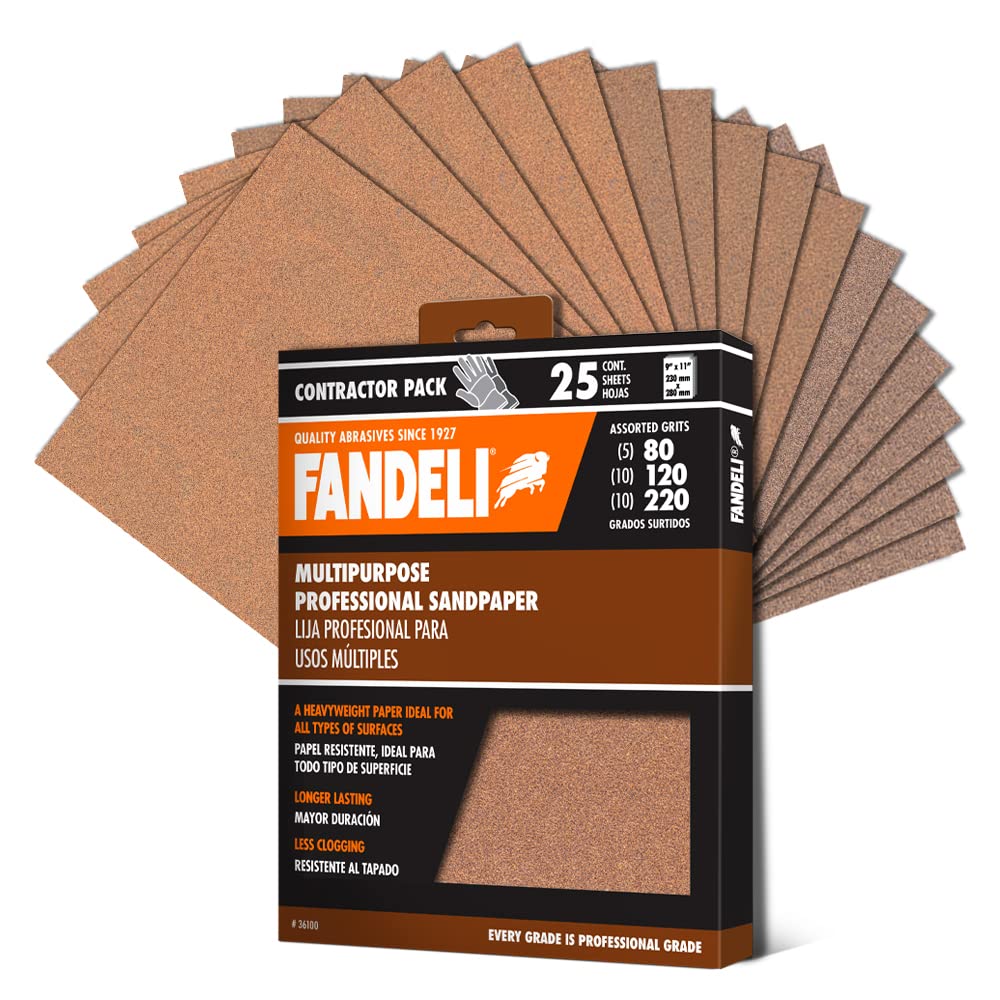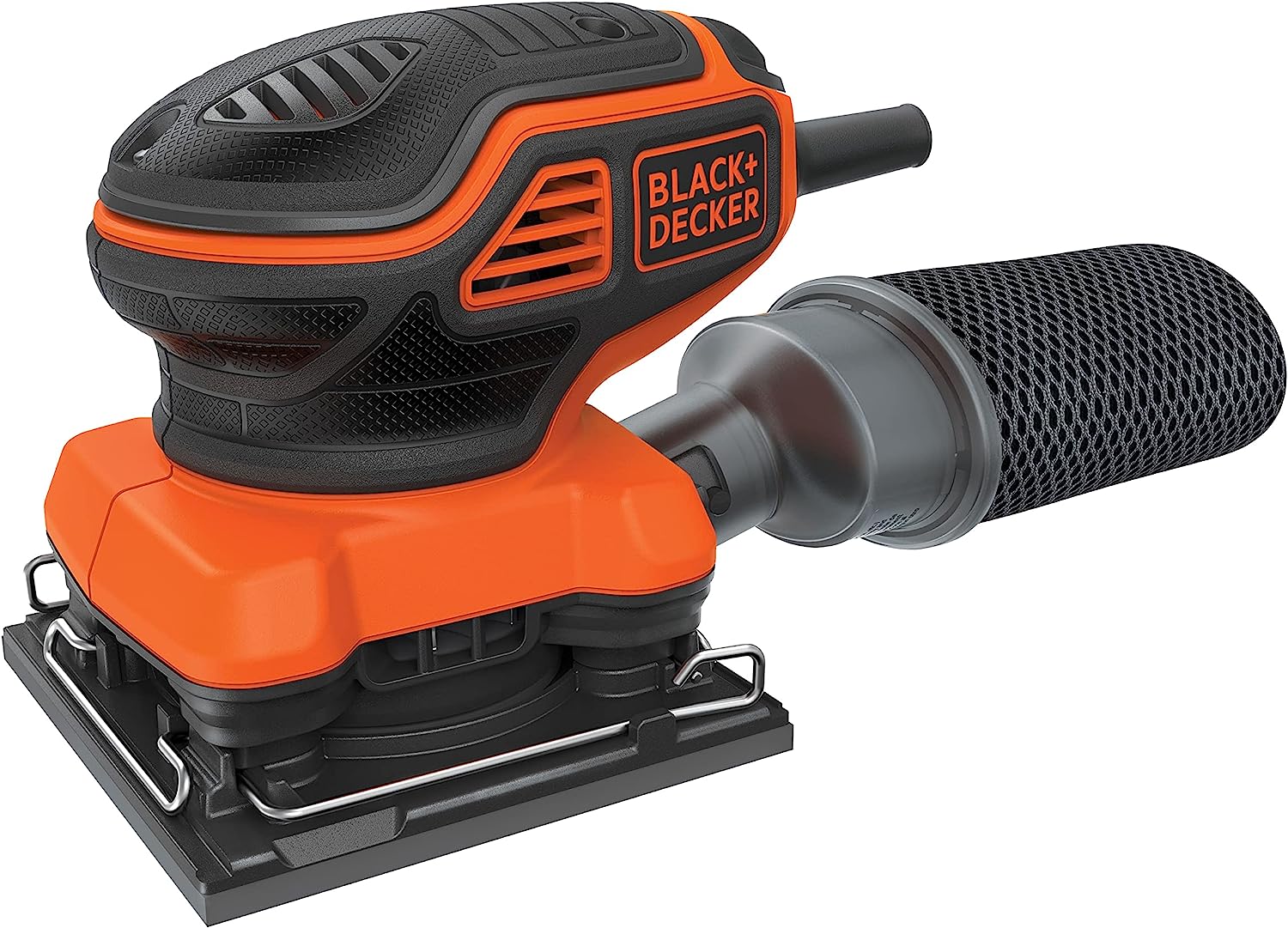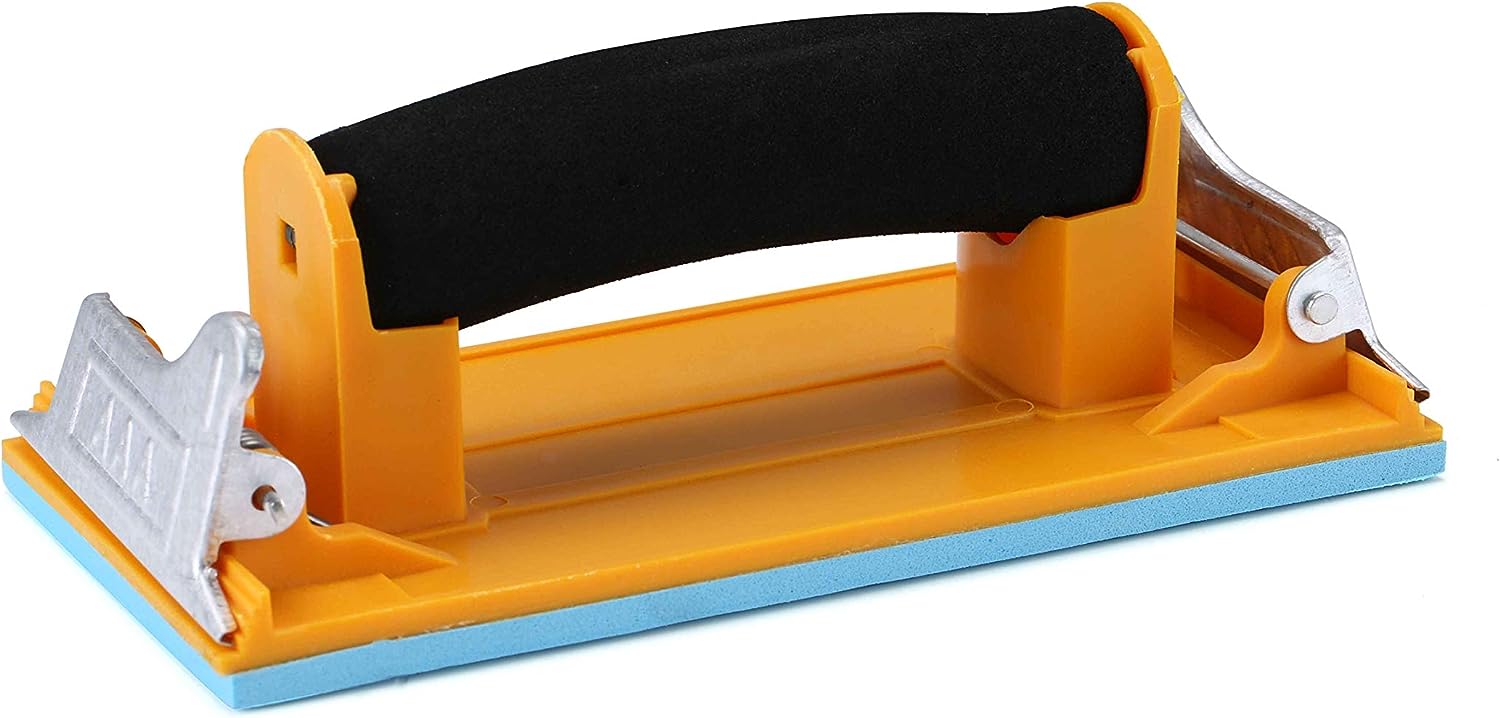Understanding the Impact of Sandpaper Grit on Furniture Refinishing
Furniture refinishing is a popular DIY project that allows individuals to breathe new life into old or worn-out pieces. Whether you’re restoring an antique heirloom or giving a modern piece a fresh look, sanding is a crucial step in the refinishing process. The choice of sandpaper grit can significantly impact the outcome of your project, affecting the smoothness, texture, and overall appearance of the finished piece. In this article, we will delve into the world of sandpaper grit and explore its various applications in furniture refinishing.
The Best Sandpaper for Furniture

Fandeli Multi-Purpose Sanding Paper

BLACK+DECKER 2.0 Amp Electric 1/4 Sheet Orbit Sander

Aouker HS85180 Hand Sander
The Basics of Sandpaper Grit
Sandpaper, also known as abrasive paper, is a versatile tool used for smoothing surfaces by abrasion. It consists of a backing material coated with abrasive particles, which are available in different grit sizes. The grit size refers to the number of abrasive particles per square inch of the sandpaper. The higher the grit number, the finer the abrasive particles and the smoother the sandpaper.
Common types of sandpaper grit include:
- Silicon Carbide Sandpaper
- Aluminum Oxide Sandpaper
- Garnet Sandpaper
Silicon carbide sandpaper is ideal for sanding hard materials like metal and glass, while aluminum oxide sandpaper is suitable for wood and most other materials. Garnet sandpaper, on the other hand, is a natural abrasive that works well on wood and is often used for hand sanding.
Choosing the Right Grit for Furniture Refinishing
When it comes to furniture refinishing, selecting the right sandpaper grit is crucial for achieving the desired results. The choice of grit depends on the condition of the furniture’s surface and the level of smoothness you want to achieve.
Coarse Grit Sandpaper
Coarse grit sandpaper, typically ranging from 40 to 80 grit, is used for heavy material removal and surface leveling. It is ideal for removing old paint, varnish, or deep scratches from the furniture’s surface. Coarse grit sandpaper is also useful for shaping and smoothing rough edges or uneven surfaces.
For example, if you’re refinishing a wooden table with multiple layers of old paint, you would start with a coarse grit sandpaper to strip away the existing finish. This initial sanding will help you achieve a smooth and even surface before moving on to finer grits.
Medium Grit Sandpaper
Medium grit sandpaper, ranging from 100 to 150 grit, is commonly used for sanding bare wood and removing the scratches left by coarse grit sandpaper. It is also suitable for preparing the surface for staining or painting.
Let’s say you’re refinishing a wooden dresser with minor scratches and imperfections. Using medium grit sandpaper will help you smooth out the surface and prepare it for the next steps in the refinishing process.
Fine Grit Sandpaper
Fine grit sandpaper, ranging from 180 to 220 grit, is used for final sanding before applying a finish. It helps to remove any remaining imperfections, smooth out the surface, and create a uniform texture.
For example, if you’re refinishing a wooden chair and want to achieve a silky smooth finish, using fine grit sandpaper for the final sanding will help you achieve the desired result.
Understanding Sandpaper Grit Numbers
Understanding sandpaper grit numbers is essential for choosing the right sandpaper for your furniture refinishing project. The grit numbers can vary depending on the manufacturer, but they generally follow a standard scale.
Here is a breakdown of the common sandpaper grit numbers and their corresponding applications:
- 40 to 80 grit: Coarse sandpaper for heavy material removal and surface leveling.
- 100 to 150 grit: Medium sandpaper for sanding bare wood and removing scratches.
- 180 to 220 grit: Fine sandpaper for final sanding before applying a finish.
- 240 to 400 grit: Very fine sandpaper for sanding between coats of finish or for delicate sanding tasks.
- 600 to 1200 grit: Extra fine sandpaper for achieving a polished finish or sanding delicate surfaces.
It’s important to note that sandpaper grit numbers can vary depending on the manufacturer and the type of sandpaper. Always refer to the manufacturer’s guidelines for the specific grit numbers and their recommended applications.
Case Study: Sandpaper Grit Selection for Refinishing a Wooden Table
To illustrate the impact of sandpaper grit on furniture refinishing, let’s consider a case study of refinishing a wooden table.
Step 1: Coarse Grit Sandpaper (40 to 80 grit)
The table has multiple layers of old paint that need to be removed. Using coarse grit sandpaper, such as 60 grit, the old paint is stripped away, revealing the bare wood underneath. This initial sanding also helps to level any uneven surfaces or deep scratches.
Step 2: Medium Grit Sandpaper (100 to 150 grit)
After removing the old paint, the table’s surface is sanded with medium grit sandpaper, such as 120 grit. This step smooths out the surface and removes any scratches left by the coarse grit sandpaper. The table is now ready for the next stage of refinishing.
Step 3: Fine Grit Sandpaper (180 to 220 grit)
For the final sanding, fine grit sandpaper, such as 220 grit, is used to achieve a smooth and uniform surface. This step prepares the table for staining or painting, ensuring that the finish adheres properly and creates a professional-looking result.
Conclusion
Choosing the right sandpaper grit is crucial for achieving a successful furniture refinishing project. Understanding the impact of sandpaper grit on the smoothness, texture, and overall appearance of the finished piece is essential for obtaining the desired results.
By selecting the appropriate grit size, whether it’s coarse, medium, or fine, you can effectively remove old finishes, level surfaces, and create a smooth foundation for staining or painting. Remember to refer to the manufacturer’s guidelines for specific grit numbers and their recommended applications.
So, the next time you embark on a furniture refinishing project, consider the impact of sandpaper grit and choose wisely to achieve a beautiful and professional-looking result.



















